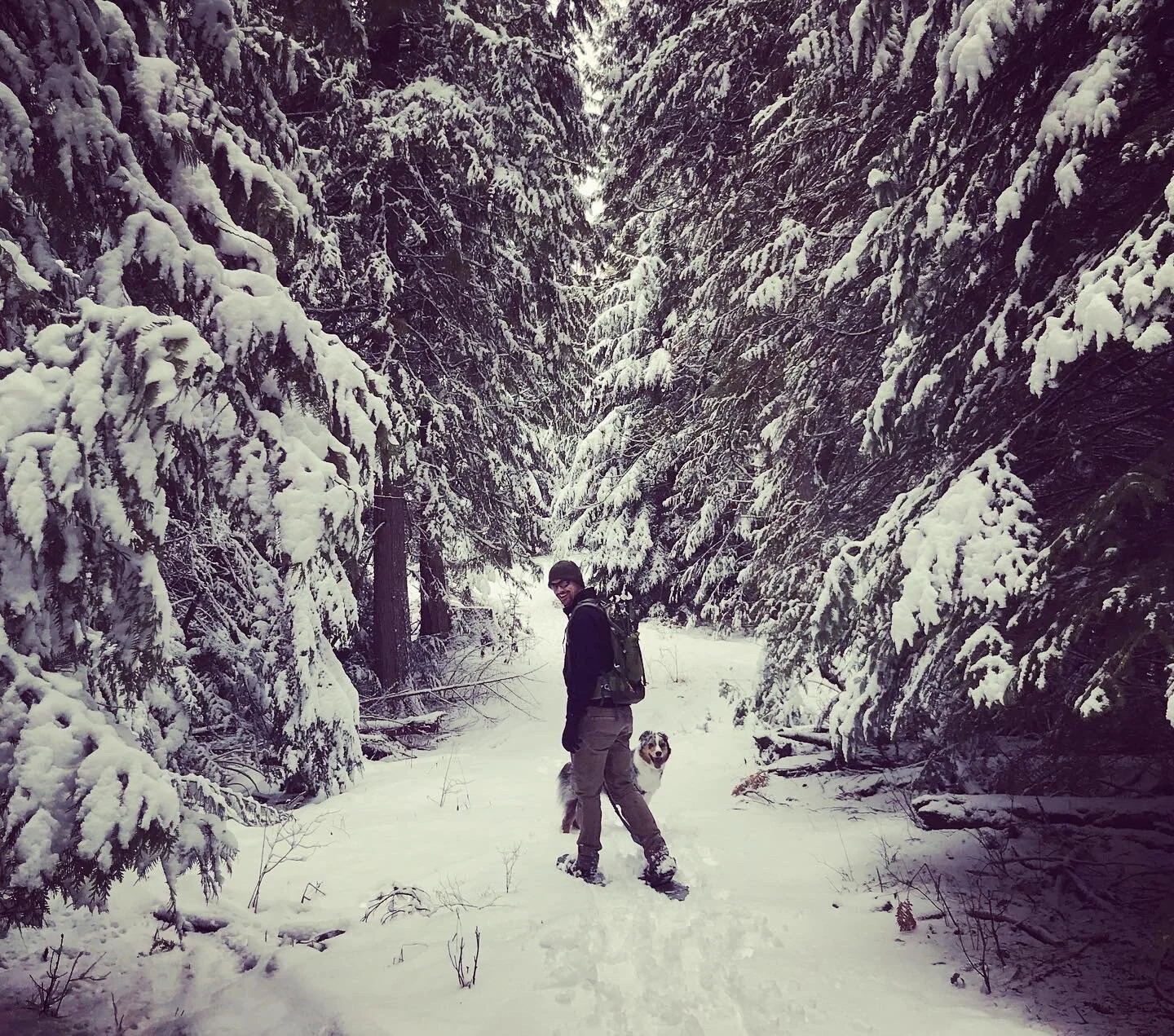Call in the Specialist
This is the final in a three-part series explaining why someone moves so differently when catching an object they believe weighs much more than it actually does. For part-one, click here and for part-two, click here.
In the first post we used tires, slides, and golf balls to illustrate how bones move on one-another at joints. The second part discussed how our brain can fine-tune the amount of force a muscle generates when moving one bone on another. In this final blog, we will take a step back and look at how multiple muscles work with and against each other when functioning as a system.
To discuss how multiple muscles work together around a joint, we will continue to use the analogy of a giant tug-of-war from the previous post. However, unlike most tug-of-wars, in which there are only two directions of pull, our bones are being pulled in several directions at any given point in time. Not only that, but some muscles (stabilizers) create more glide/slide at a joint while others create more roll (movers).
To illustrate how multiple muscles act on one joint at the same time, lets think about a trampoline and the rotator cuff of your shoulder, which is actually four different stabilizer muscles in your shoulder. In this illustration, the rotator cuff muscles are like the springs on a trampoline, which keep the bed of the trampoline in place. If you remove springs, the bed doesn’t rest in the same place.
However, the shoulder joint has more muscles than just the rotator cuff acting on it. While your rotator cuff muscles (stabilizers) work to control the glide of your arm bone on your shoulder blade, other muscles like your pectoral and latissimus dorsi muscles (movers) work to create the rolling motion necessary to move your arm around your body.
Now, regardless of its primary role, muscles create both a roll and a slide. So, when your brain intends to generate only a little force for a roll, but doesn’t want to work too hard controlling glide, it will use stabilizer muscles and let your mover muscles stay relaxed. However, when more power is needed, it calls in the specialists, like your pectoral and latissimus dorsi muscles to generate more roll/rotational force.
This is what happens when your friend tries to catch something that weighs much less than expected. The brain, thinking a lot of force is needed, not only tells muscles to use lots of very large teams, it also calls in the mover muscles which specialize in generating power.
To see this in a comical fashion, look for TENS Unit Challenge videos online. Unlike our brains, TENS units recruit large motor units first, making it impossible to coordinate movement. However, if you experience a SLAP lesion or rotator cuff tear, I suggest you call us so we can help recalibrate your “dimmer switch” and help retrain some of your muscles to pick up the slack from your injured tissues.
Also, stay tuned for our next blog series, which will introduce the nervous system into the picture of how muscles work, both at rest and in play.





